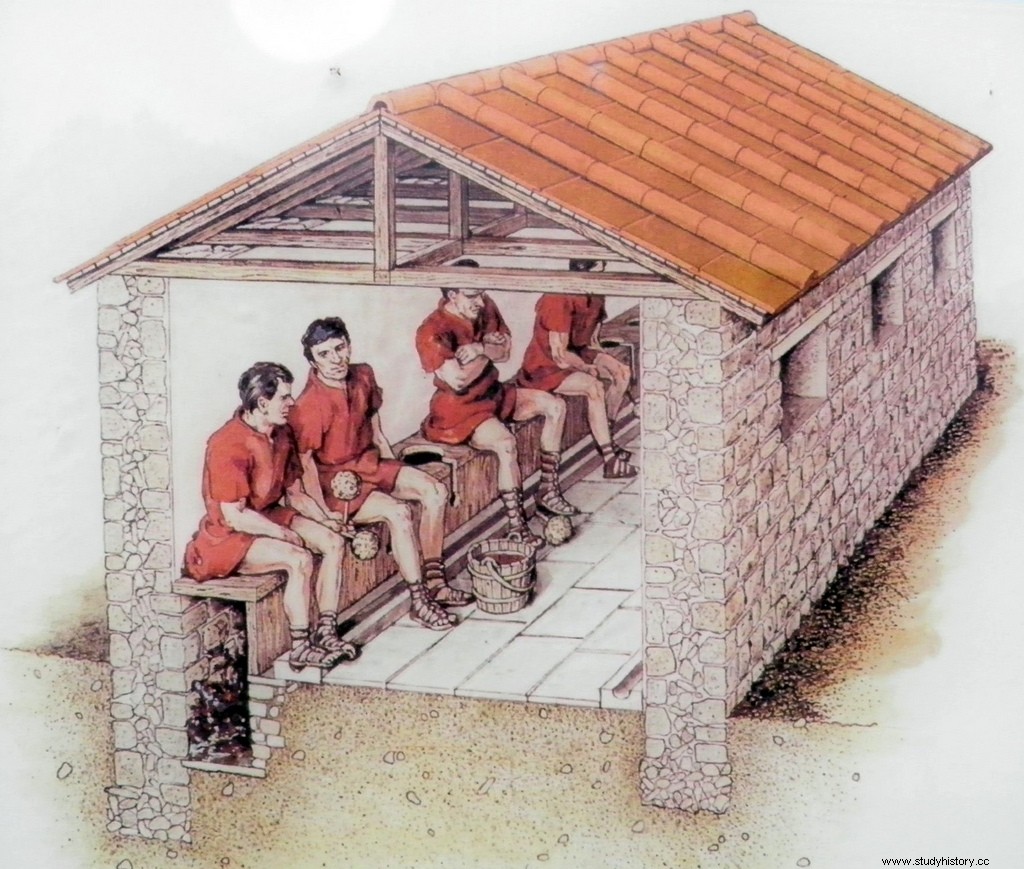Many of us, including myself, have the habit - healthy or unhealthy, that each one decides - of being accompanied by some type of reading when we retire to the toilet. It is my guess, but this ritual could well have been born in the slums where years ago toilet paper was conspicuous by its absence and as a substitute they placed sheets of newspaper inserted in a hook. As you relieved your bowels, you picked up the newspaper and glanced at it before using it to clean yourself. Well, believe me if I tell you that in the 6th century the Chinese already recycled paper for “sanitary” purposes. According to Chinese scholar Yan Zhitui …
paper in which there are quotes or comments from the five classics or the names of sages, I dare not use it for sanitary purposes.

But the testimonies of blank paper for sanitary uses already exist in China since the second century. It is clear that the day China opened up to the outside world, the paternity of hundreds of inventions had to be reviewed. It is curious that, centuries later, during the Song dynasty, the emperor set the official size - logically for his personal use - of toilet paper in "sheets" 50 cm wide by almost a meter long. And what was happening on the other side of the Great Wall? Well, anything was used:stones, herbs, shells... Until the Romans arrived and put their grain of sand in this field.

The water that reached the city of Rome through the aqueducts was stored in large tanks from where it was distributed to bakeries, houses, bathrooms... The excess water from these priority uses ended up in the sewer network:the Cloaca Máxima . Its construction began in the 6th century BC. by King Tarquin and was enlarged several times in subsequent centuries. This network, which logically did not cover all of Rome and much less the areas of the lower classes, collected sewage from houses and public latrines (latrinae publicae ) to take them to the Tiber River. The problem was when the wastewater returned to its source due to the flooding of the Tiber. Dozens of public latrines were strategically distributed in the city of Rome (in the 4th century there were 144 with more than 4,000 places) to meet the physiological needs of citizens. These latrines consisted of a cold marble bench with several holes in which to sit down to evacuate and under them the water current that dragged the fecal matter. As toilet paper, in public latrines the Romans used a stick with a sea sponge (spongia) at one end. ). After using the spongia it had to be rinsed and cleaned for the next one, and every so often changed. Sit down to relieve yourself and check that the spongia should have been changed a long time ago...
In their homes, wealthy Romans put aside the spongia and used wool soaked in rose water.
